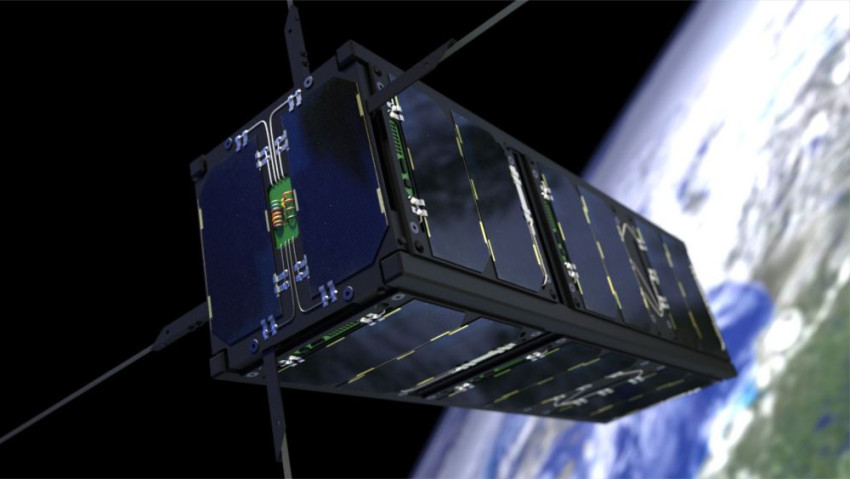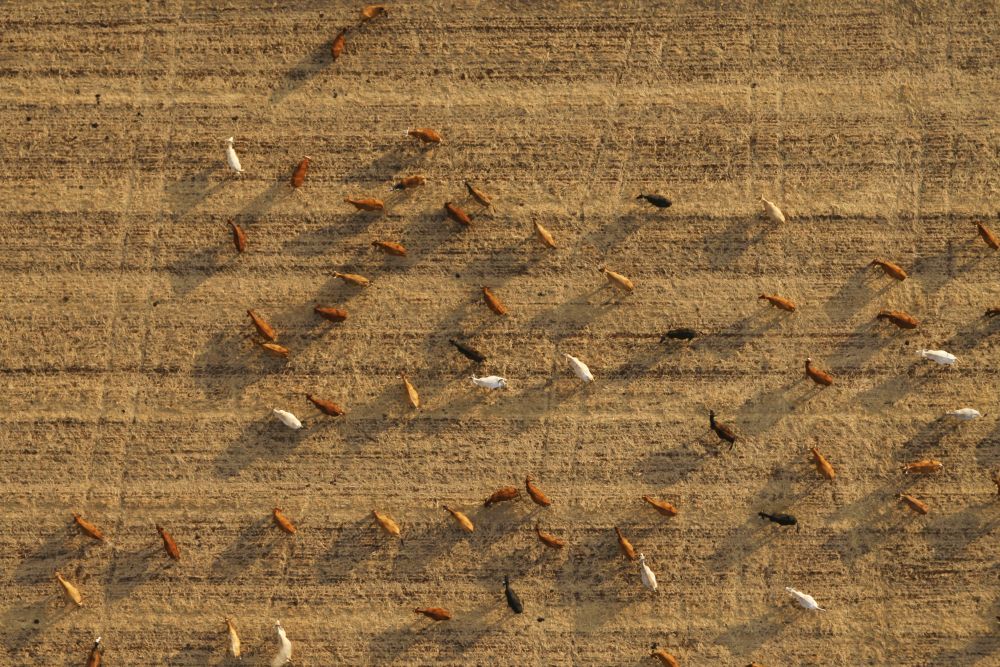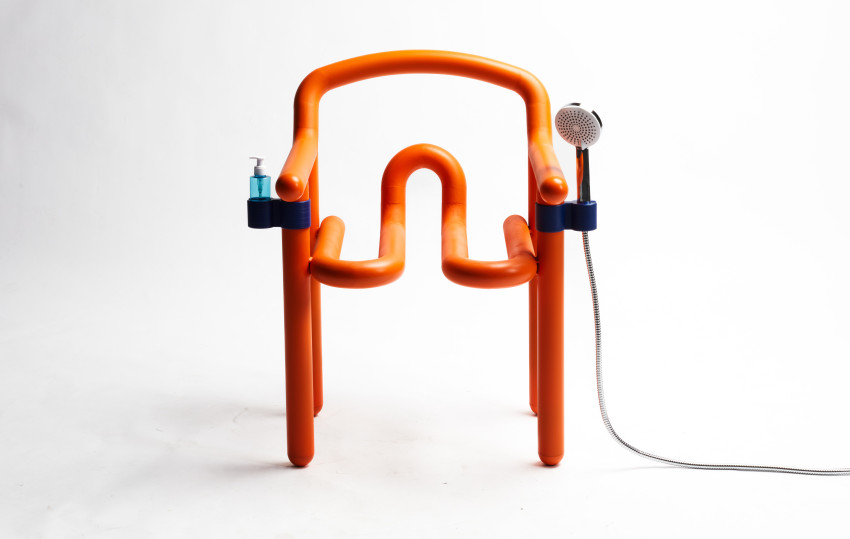
Affordable worldwide data network goes live
The Low Power Global Area Network has gone live with the launch of the first cubesat. For € 6 a year, a simple message can be forwarded once a day, anywhere in the world.
'The first signal has been received,' says a delighted Coen Janssen from Hiber, the company responsible for the birth of the network. The signal received came from a cubesat, a small satellite put into orbit at a height of 600 km by an Indian rocket. SpaceX will soon be launching a second cubesat.
Hibernation
The cubesats operate as transmission stations for the Low Power Global Area Network that Hiber is building. Once a day, modems on earth receive an instruction to send their data to the cubesats. These then forward this data to the receiving stations in Delft, where Hiber is located, and on Spitsbergen.
Hiber designed the modems in-house. ‘What makes them special is that they are normally hibernating, which is where Hiber, the name of our company, is derived from. The satellite sends the modem a signal to wake it from hibernation and tell it to transmit its data, after which the modem goes back into hibernation. This means that a button cell battery is all that is needed to keep the modem working for five years.'
Janssen developed the communication protocol together with his partner Maarten Engelen. 'As a basis, we followed the protocol used by the European space agency ESA for its geostationary satellites, where minimising energy consumption is equally important.’ Hiber owns a licence for the frequency band of the satellite signal. 'This means we can use the same hardware and software anywhere in the world. We are setting a new standard for message traffic with this system.'

The basic idea behind the network can be summarised in 2 words: cheap and simple. 'You can make calls all over the world with satellite phones of course, but it’s incredibly expensive. An annual subscription with our network costs €6 per modem, and allows you to send one message per day.'
Free-roaming herds of cows
The idea behind the network is that there are lots of applications where a simple message from anywhere on earth is enough. That message could be a location, for example. ‘One of our first customers is a large cattle farmer who wants to use our network to find out where his free-roaming cows are located.' Another customer wants to use the network to monitor the groundwater level over a large area. 'The customer regulates his sensors himself, in this case a moisture meter, and we connect our modem to it to forward data.'

A more appealing project in terms of getting publicity is the Clean2Antarctica expedition, which is currently exploring the polar region solely on solar energy. They are using the network to enable the general public to monitor the location of the expedition team.
The cubesat is made by Innovative Solutions in Space from Delft, the Netherlands. A single cubesat is sufficient to scan the whole world for 24 hours. Janssen: ‘In the end, we want to launch around 50 over the coming years, so that we have more capacity available.' The company already has around 25 customers.
If you found this article interesting, subscribe for free to our weekly newsletter!






